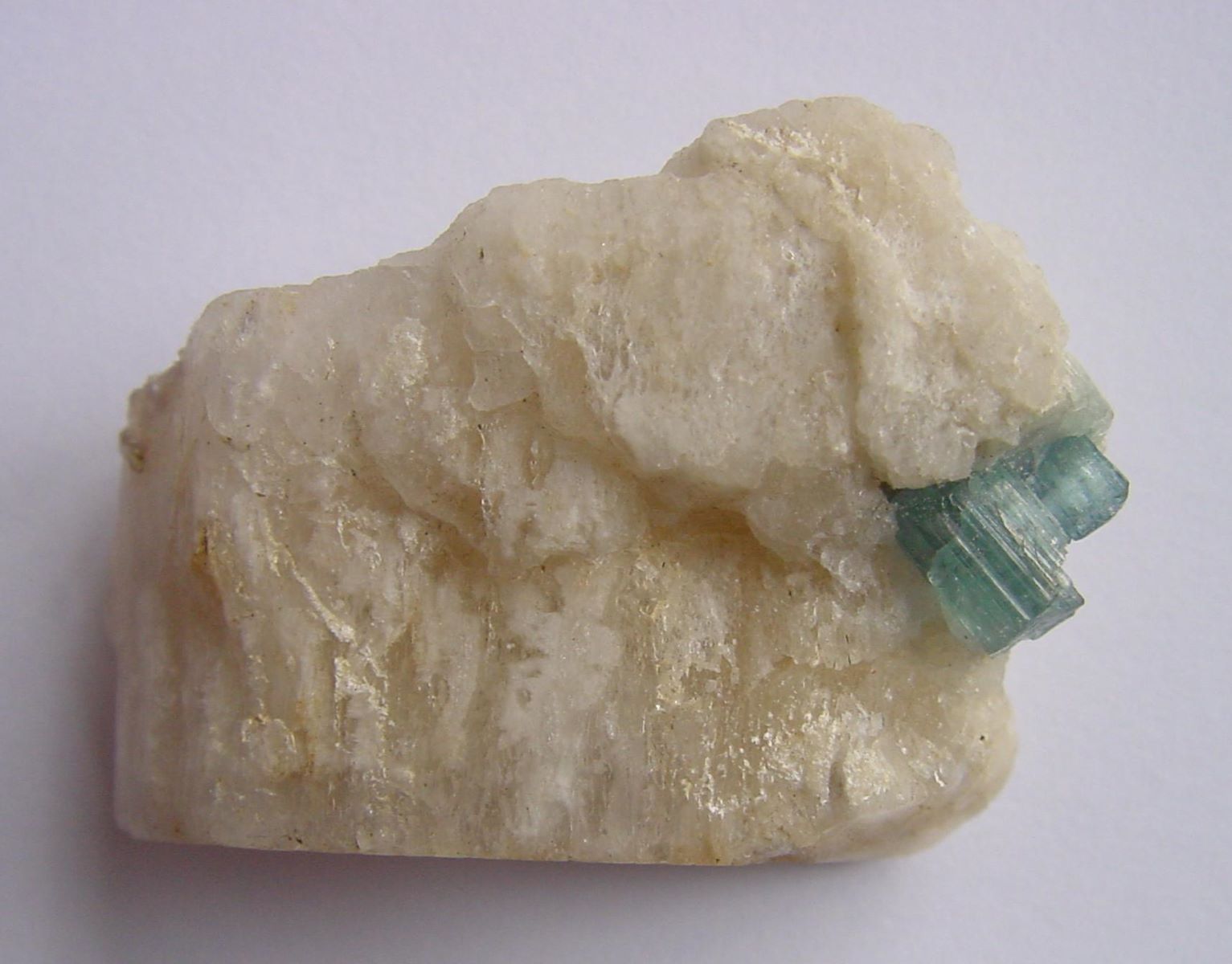
Bazzite is a rare and fascinating mineral that often leaves people curious. What makes it so special? Bazzite is a beryllium cyclosilicate, typically found in granite pegmatites and alpine veins. Its striking blue color and crystal structure make it a collector's gem. But there's more to Bazzite than meets the eye. Did you know it was named after Italian engineer Alessandro E. Bazzi? Or that it shares a close relationship with the more famous emerald? This post dives into 50 intriguing facts about Bazzite that will spark your curiosity and deepen your appreciation for this unique mineral. Get ready to explore the wonders of Bazzite!
Key Takeaways:
- Bazzite is a rare blue mineral named after an Italian mineralogist. It's found in places like Switzerland, Italy, and the United States, and is highly valued by collectors for its unique properties and uses.
- Bazzite forms in high-temperature environments and is associated with granite pegmatites and hydrothermal veins. It's not just a pretty mineral; it's also studied for its chemical properties and can even be used in geological research.
What is Bazzite?
Bazzite is a rare mineral that belongs to the beryl group. It is known for its striking blue color and unique properties. Let's dive into some fascinating facts about this intriguing mineral.
- Bazzite is named after the Italian mineralogist Alessandro E. Bazzi.
- It was first discovered in 1915 in Switzerland.
- The mineral is primarily composed of beryllium, aluminum, and silicon.
- Bazzite's chemical formula is Be3Sc2Si6O18.
- It is often found in granite pegmatites and hydrothermal veins.
- The blue color of bazzite is due to the presence of scandium.
- Bazzite crystals are typically hexagonal in shape.
- It has a hardness of 7.5 to 8 on the Mohs scale.
- The mineral has a vitreous luster, giving it a glass-like appearance.
- Bazzite is transparent to translucent.
Where Can You Find Bazzite?
Bazzite is not a common mineral, making it a prized find for collectors. Here are some places where bazzite has been discovered.
- Switzerland is the most famous location for bazzite discoveries.
- It has also been found in Italy, particularly in the Piedmont region.
- Bazzite occurrences have been reported in Norway.
- The United States has bazzite deposits in Colorado and California.
- Brazil is another country where bazzite has been found.
- Madagascar has yielded some bazzite specimens.
- Russia, particularly the Ural Mountains, is known for bazzite.
- Bazzite has been discovered in Pakistan.
- Some bazzite specimens have been found in Canada.
- Austria is another European country with bazzite deposits.
How is Bazzite Formed?
Understanding the formation of bazzite can give insights into its rarity and unique characteristics.
- Bazzite forms in high-temperature environments.
- It is often associated with granite pegmatites.
- Hydrothermal veins are another common formation environment.
- The presence of scandium is crucial for bazzite's formation.
- Bazzite can form in both igneous and metamorphic rocks.
- The mineral crystallizes from beryllium-rich fluids.
- High pressure and temperature conditions are necessary for its formation.
- Bazzite often forms alongside other beryl group minerals.
- The mineral can also be found in alluvial deposits.
- Bazzite's formation process can take millions of years.
Uses and Applications of Bazzite
While bazzite is primarily a collector's mineral, it has some interesting uses and applications.
- Bazzite is highly valued by mineral collectors.
- It is sometimes used in jewelry, although its rarity makes this uncommon.
- The mineral is studied for its unique chemical properties.
- Bazzite can be used as a gemstone, but it is very rare.
- It is often displayed in museums and mineral exhibitions.
- Bazzite's blue color makes it a sought-after specimen.
- The mineral is used in geological research.
- It can be a source of scandium, a rare earth element.
- Bazzite is sometimes used in educational settings to teach mineralogy.
- Its unique properties make it a subject of scientific studies.
Interesting Facts About Bazzite
Here are some more intriguing tidbits about bazzite that you might find fascinating.
- Bazzite is often confused with aquamarine due to its blue color.
- The mineral is named in honor of a prominent mineralogist.
- Bazzite's blue color can vary in intensity.
- It is one of the few minerals that contain scandium.
- The largest bazzite crystals can reach several centimeters in length.
- Bazzite is often found in association with other rare minerals.
- The mineral's name is sometimes spelled "bazite."
- Bazzite is not radioactive, despite containing scandium.
- The mineral's rarity makes it highly valuable.
- Bazzite's unique properties continue to intrigue scientists and collectors alike.
Final Thoughts on Bazzite
Bazzite, a rare and fascinating mineral, holds a unique place in the world of geology. Its striking blue color and beryllium content make it a standout among minerals. Found primarily in granite pegmatites, bazzite's rarity adds to its allure for collectors and scientists alike. This mineral's formation process, involving high-temperature and high-pressure conditions, showcases the incredible forces at work beneath the Earth's surface. While not widely known, bazzite's distinct characteristics and limited availability make it a gem worth appreciating. Whether you're a geology enthusiast or just curious about the natural world, bazzite offers a glimpse into the complexity and beauty of Earth's geological processes. Keep exploring, and who knows what other hidden treasures you might uncover in the world of minerals!
Frequently Asked Questions
Was this page helpful?
Our commitment to delivering trustworthy and engaging content is at the heart of what we do. Each fact on our site is contributed by real users like you, bringing a wealth of diverse insights and information. To ensure the highest standards of accuracy and reliability, our dedicated editors meticulously review each submission. This process guarantees that the facts we share are not only fascinating but also credible. Trust in our commitment to quality and authenticity as you explore and learn with us.


